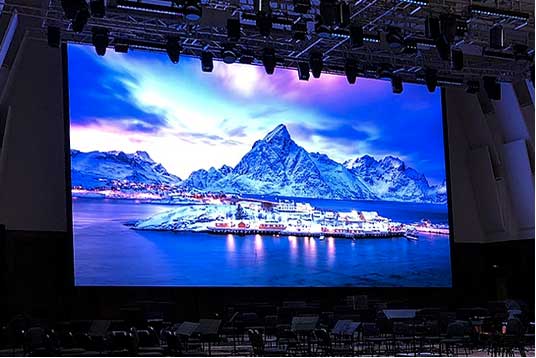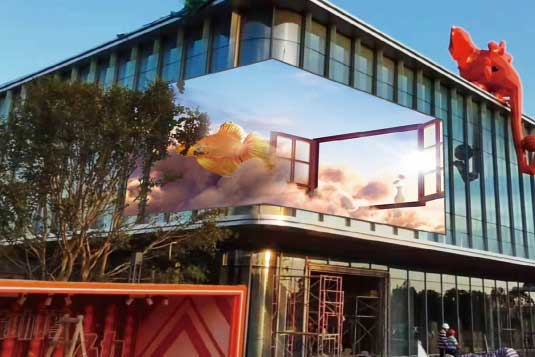Why Stage Background LED Screens Require Refresh Rates ≥3840Hz
Introduction
In the world of live events, stage background LED screens play a crucial role in creating immersive and visually stunning experiences. One of the key factors that determine the quality of these displays is the refresh rate. A refresh rate of 3840Hz or higher is often recommended for such applications. This blog post will delve into the reasons behind this requirement, supported by data and visual aids.
Understanding Refresh Rate
Refresh Rate refers to the number of times an image is refreshed on a screen per second. It is measured in Hertz (Hz). For example, a 60Hz refresh rate means the screen is refreshed 60 times per second. Higher refresh rates result in smoother and more fluid motion, which is particularly important for fast-moving content and high-definition video.
The Importance of High Refresh Rates for Stage Background LED Screens
-
Reducing Flicker:
-
Flicker is a rapid, repetitive change in brightness that can be perceived by the human eye. Lower refresh rates can cause noticeable flicker, especially when the camera is panning or when there is a lot of motion on the screen. -
Example: At a refresh rate of 120Hz, flicker becomes visible under certain conditions, whereas at 3840Hz, it is virtually undetectable even under the most demanding circumstances.
-
-
Enhancing Image Quality:
-
Image Quality is significantly improved with higher refresh rates. This is because the screen can display more frames per second, resulting in smoother transitions and less blurring. -
Example: In a fast-paced concert, a 3840Hz refresh rate ensures that the audience and cameras see a seamless and clear image, enhancing the overall experience.
-
-
Camera Compatibility:
-
Camera Compatibility is another critical factor. Professional cameras used in live events often have high frame rates, and lower refresh rates can cause issues like banding or moiré patterns. -
Example: A 3840Hz refresh rate ensures that the LED screen remains compatible with high-frame-rate cameras, providing a clean and professional look.
-
Comparison Table: Refresh Rates and Their Effects
| Refresh Rate (Hz) | Flicker Visibility | Image Quality | Camera Compatibility |
|---|---|---|---|
| 120 | High | Low | Poor |
| 3840 | Virtually None | High | Excellent |
Visual Representation: Flicker Perception at Different Refresh Rates
-
图表描述:这是一个柱状图,显示了不同刷新率下观众对闪烁的感知程度。横轴表示刷新率(Hz),纵轴表示闪烁可见度(从高到低)。可以看到,在120Hz时,闪烁非常明显;而在3840Hz时,几乎不可见。
Real-World Applications
-
Concerts and Live Events:
-
Example: During a major music festival, the stage background LED screens are used to display dynamic visuals and live feeds. A 3840Hz refresh rate ensures that the visuals are smooth and flicker-free, providing a captivating experience for both the audience and those watching the event on television or online.
-
-
Corporate Presentations:
-
Example: In a high-stakes corporate presentation, the LED screen is used to display detailed graphics and videos. A 3840Hz refresh rate ensures that the visuals are crisp and clear, making the presentation more engaging and professional.
-
-
Theater and Performing Arts:
-
Example: In a theater production, the LED screen is used as a backdrop for various scenes. A 3840Hz refresh rate ensures that the transitions between scenes are smooth and the visuals are of the highest quality, enhancing the overall theatrical experience.
-
Conclusion
High refresh rates, specifically 3840Hz or higher, are essential for stage background LED screens in live events. They reduce flicker, enhance image quality, and ensure compatibility with high-frame-rate cameras. By investing in LED screens with high refresh rates, event organizers can create a more immersive and visually stunning experience for their audience.



-800x600.jpeg)